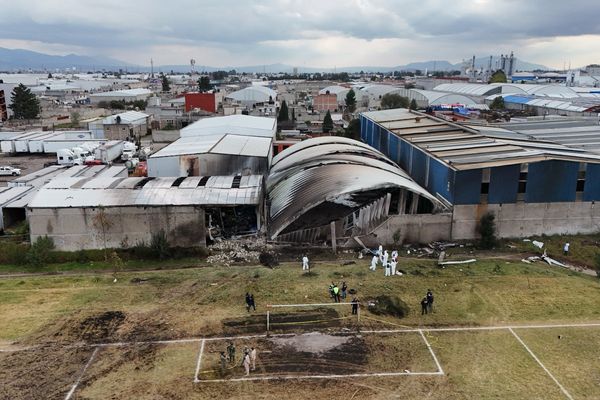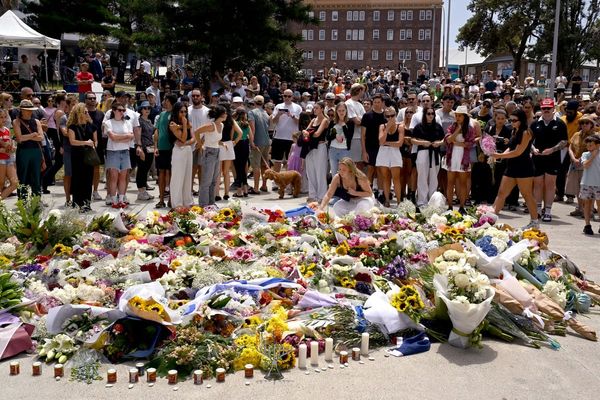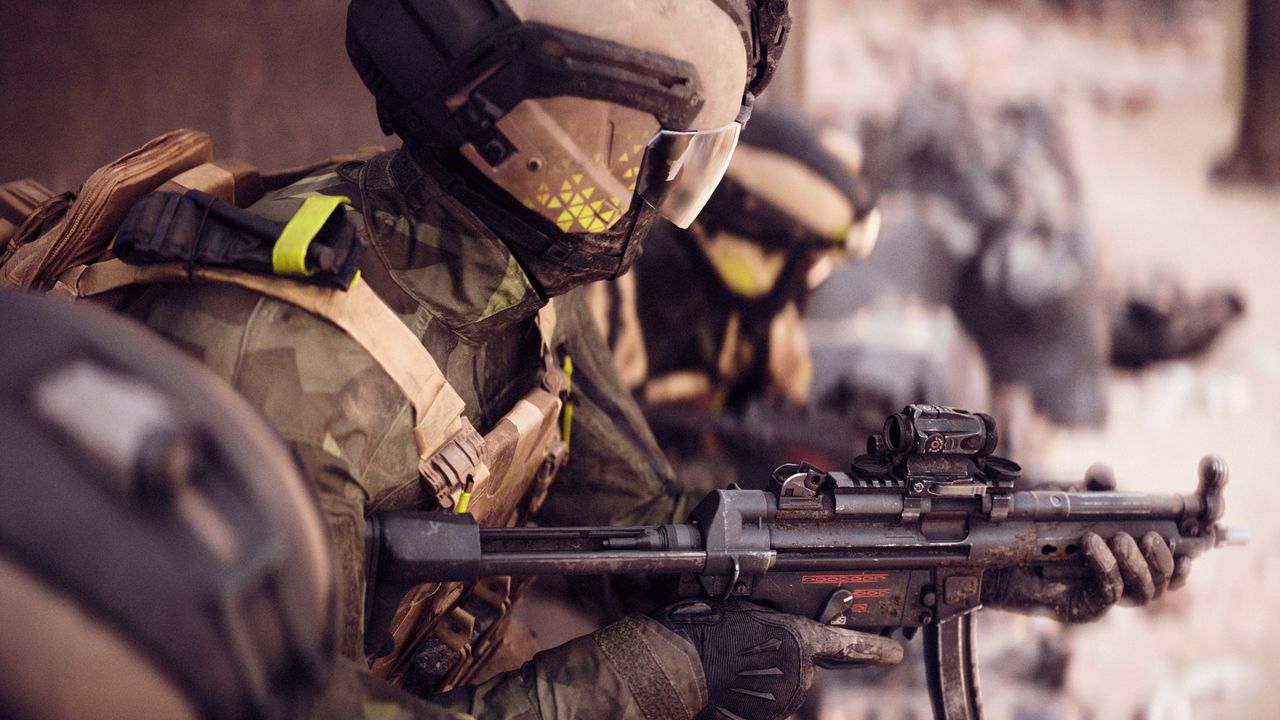
I can't think of the last time an entry in any long-running first-person shooter series was as safe as Battlefield 6. It seems as though the lackluster reception to Battlefield 2042 has left developer Battlefield Studios terrified of taking any kind of creative risks, which is a real double-edged sword.
Platform reviewed: PS5
Available on: PC, PS5, Xbox Series X and Series S
Release date: October 10, 2025
It delivers almost everything you would expect from a Battlefield game - often to a fault. While a generic campaign and strong multiplayer offering will undoubtedly be more than enough to satiate some fans, and I can't say that I haven't enjoyed much of my time with it so far, others will surely be disappointed that it's not anything we haven't seen before.
Boots on the ground
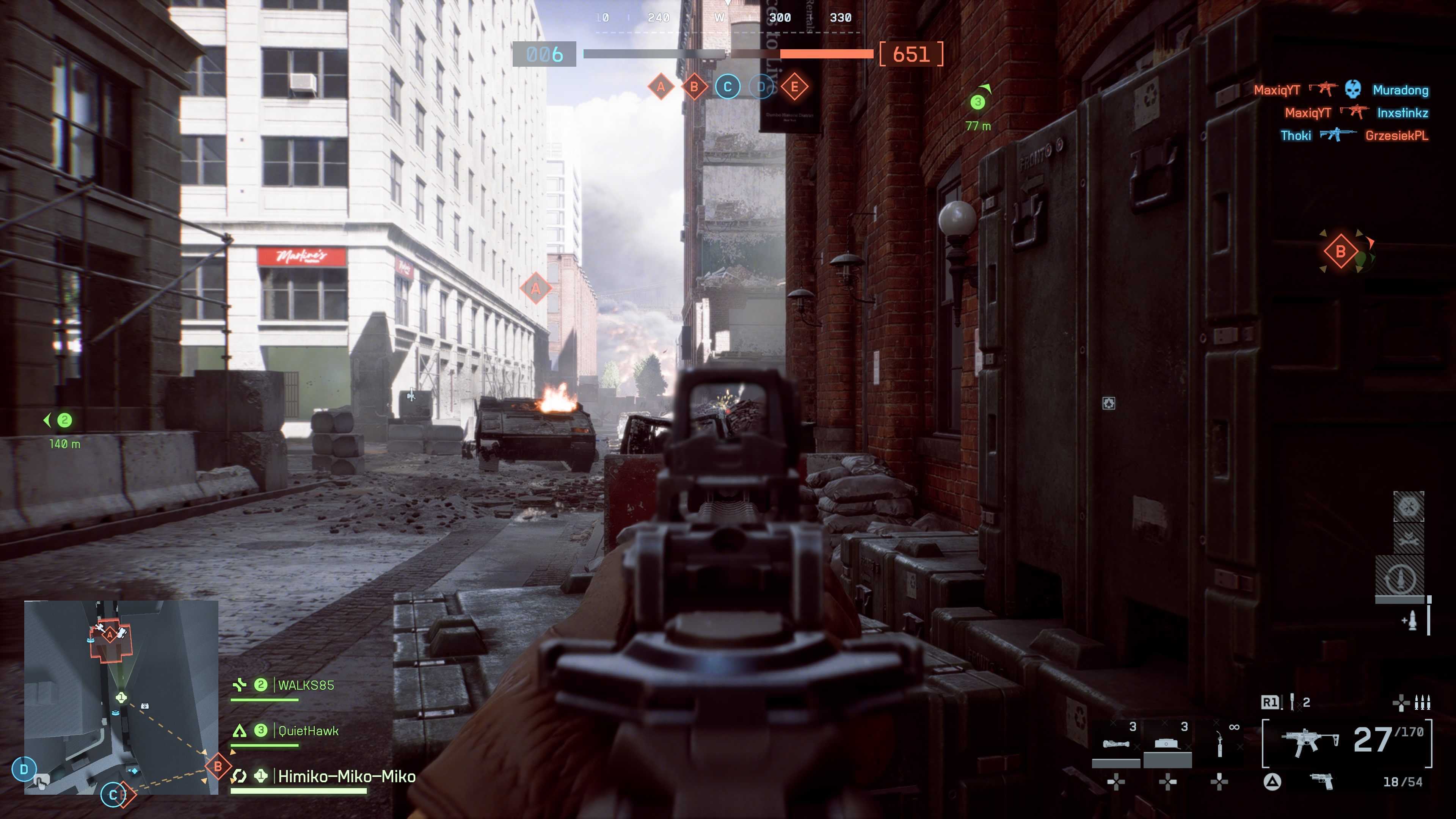
This lack of risk-taking is most evident in the single-player campaign, which is easily one of the least memorable that I've played in years. It does a good job of preparing you for online multiplayer by introducing the controls and basic mechanics, but it's not something you'll be eager to dive back into once the credits roll.
Set in 2028, it takes us to a near-future world in which NATO is on the brink of collapse. A private military force, Pax Armata, has stepped up to replace it, funded by former NATO states. The opening mission takes place in Georgia, with US Marine Dylan Murphy and his squad tasked with pulling out with the rest of NATO’s army as Pax moves in.
The supposedly peaceful handover quickly spirals into an all-out war when Pax attacks without warning, with Murphy's squad cornered in a downed helicopter. The sole survivor, Murphy, is assigned a new team and then becomes the central part of NATO's effort to take down this sinister force.
The nine missions are set in a range of global locations and have you alternating between different members of Murphy's squad. Playing as the likes of Gecko, the team's sniper, adds a decent amount of variety, but none of the activities are particularly original.
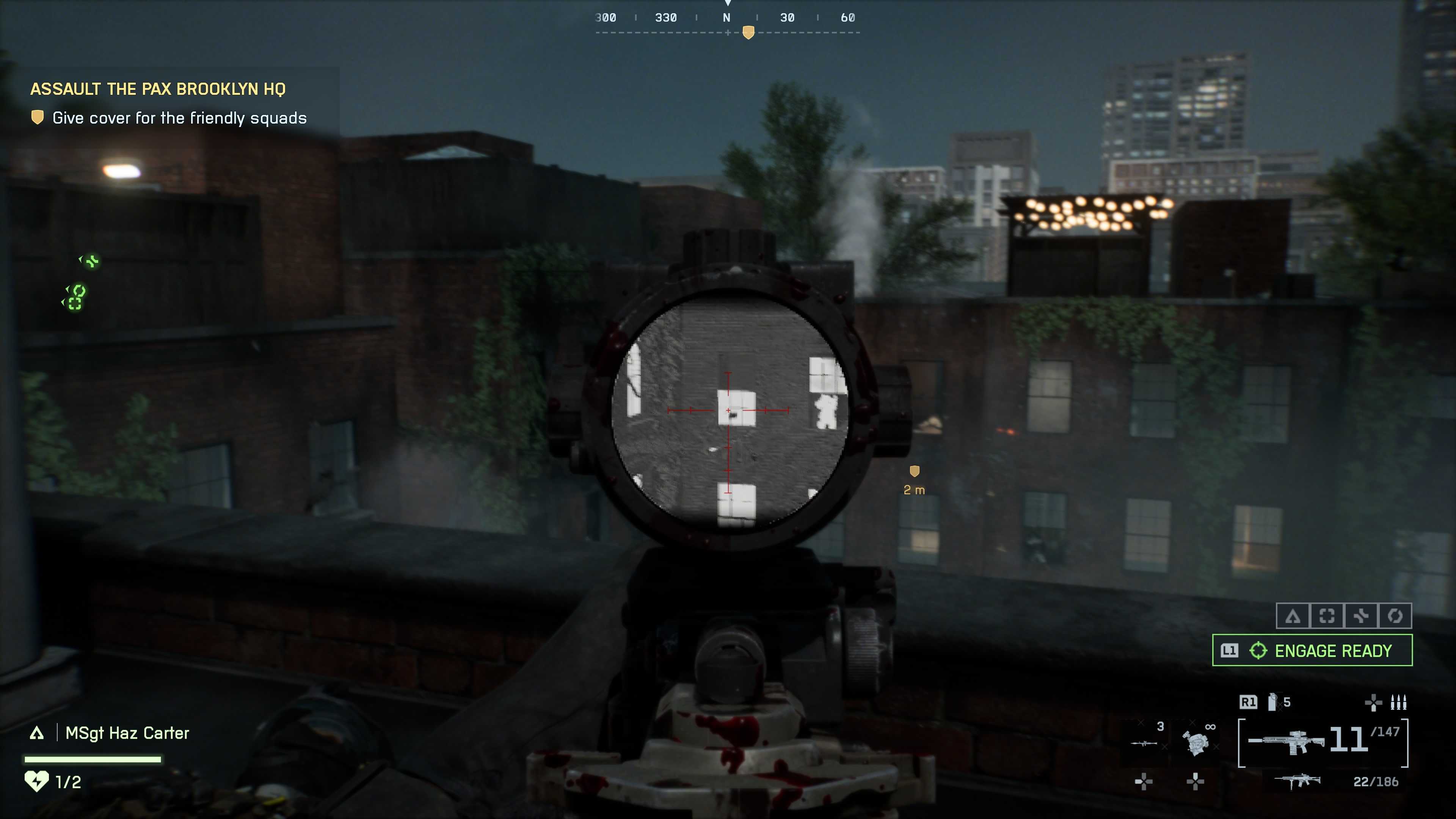
There are the obligatory night time stealth sections, a handful of tank driving segments, and a few more open areas that have you taking out enemy squads with long-range weaponry and a spotter. The most interesting stages are the ones that take place in a war torn New York, including a townhouse assault similar to the iconic Clean House mission from 2019’s Call of Duty: Modern Warfare and an enjoyable section that has you chasing a train down abandoned subway tunnels in an armored vehicle.
The underlying narrative that ties them all together is perfectly serviceable, but entirely predictable right down to its final twist. There was still plenty of enjoyable shooting throughout, but it's a notable step down from the much stronger, cinematic single-player action of Battlefield 1 and Battlefield 5. There are plenty of challenges and hidden collectibles to discover that unlock some rather nifty skins in multiplayer, which is a nice touch, though, and might draw me back in for another run a few months down the line.
It certainly doesn’t help that the visuals are distractingly rough at times. This is the first Battlefield game to launch exclusively for modern consoles, but it doesn’t show in the slightest. The visual fidelity is nowhere near even previous titles, with muddy textures, a low overall render distance, and fuzzy artifacts around objects on PlayStation 5 - even with the optional high resolution textures installed. The frame rate is impressively stable at least, even in the more explosive moments of destruction.
On the front lines
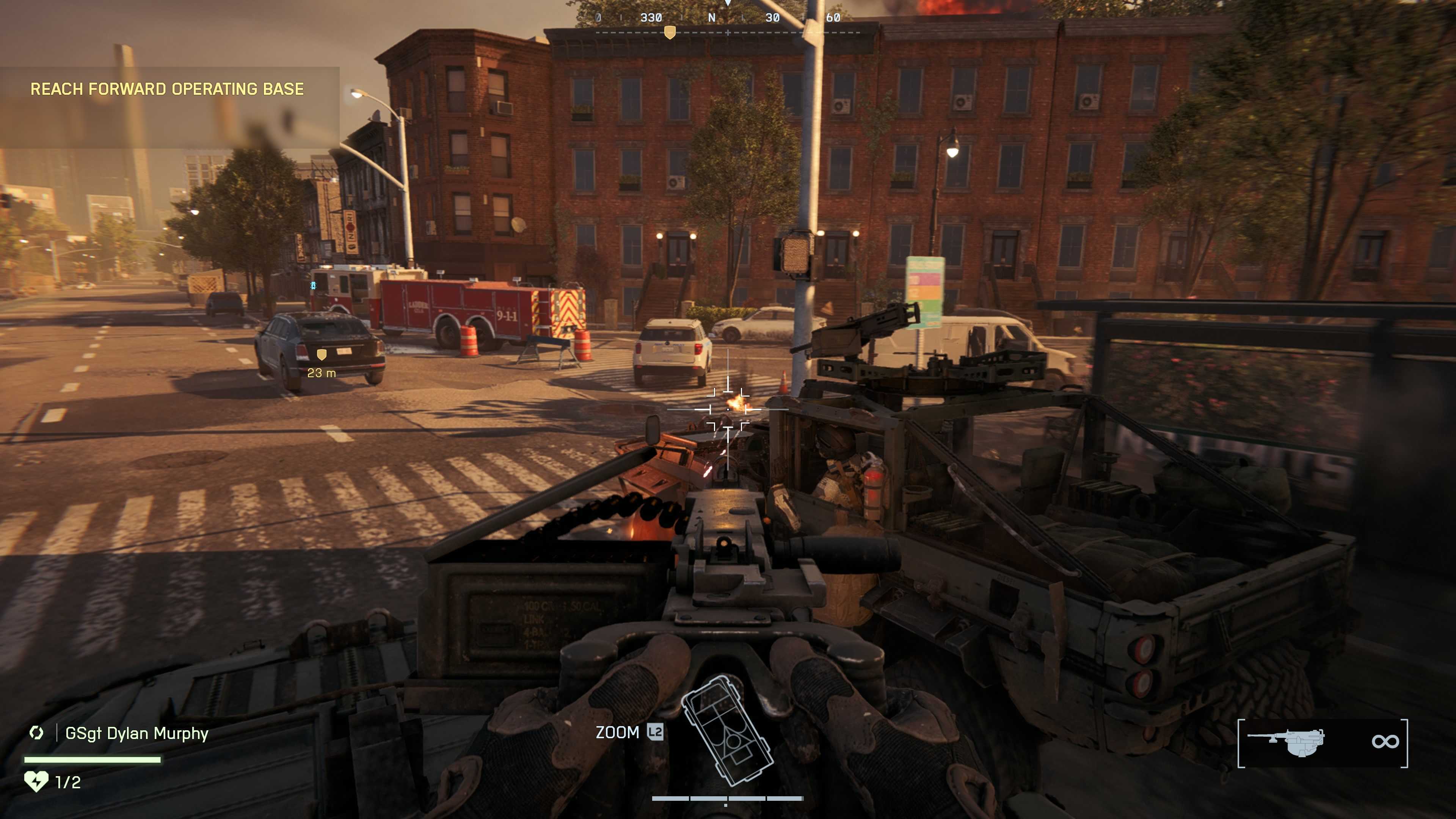
Battlefield 6 fares much better when you jump into its multiplayer modes. The minute-to-minute action is some of the best in the series to date, with no hint of the frustrating balance issues that plagued 2042 on day one. You get a total of nine maps at launch, including the return of the popular Operation Firestorm from Battlefield 3.
Most of my time in multiplayer so far has been spent in the new maps, which all seem refreshingly well-designed. The huge Liberation Peak and Mirak Valley, both perfect for the massive flagship Conquest and Breakthrough modes, are strong combat environments, with tumultuous, uneven terrain that’s filled with nooks and crannies for infantry to explore. This lends them a fantastic pacing, with short bursts of intense combat as you discover entrenched enemies, and importantly, helps level the playing field against powerful vehicles and snipers by giving you places to hide.
This contrasts nicely with the more open Operation Firestorm. Those who love racking up long-range headshots will feel right at home here, but the smart addition of some new cover means that this never becomes too annoying for infantry players. The new Escalation mode, which decreases the play area as the two teams capture objectives, is thrilling - gradually ramping up the intensity of each match as you hurtle towards a dramatic final confrontation.

Urban warfare is well represented in the smaller Gibraltar and New York maps, both filled with winding streets and an impressive number of building interiors to explore. These maps do highlight the limits of the tactical destruction system, though, which is quite inconsistent at times. It’s hard to tell what can and can’t be destroyed at a glance, leading to occasional frustration. While the brick wall of a house crumbles like a cookie at the slightest provocation, an almost identical wall elsewhere will be totally impervious to even direct tank fire.
On a handful of occasions, I’ve found myself unable to flank groups of enemies thanks to the odd indestructible barrier, or hunkered down in a corner to regenerate health, only to watch all of my cover evaporate before my eyes. I also found that the maps looked quite similar aesthetically. Aside from New York, everywhere has a brown, flat look that runs the risk of all blending into one.
Although they were significantly less enjoyable to actually play, I miss the striking map themes of Battlefield 2042. There’s nothing anywhere near as engaging as that bright and colorful high-tech Korean city block or the eerie automated lightshow of a half-buried Doha.
Play your part
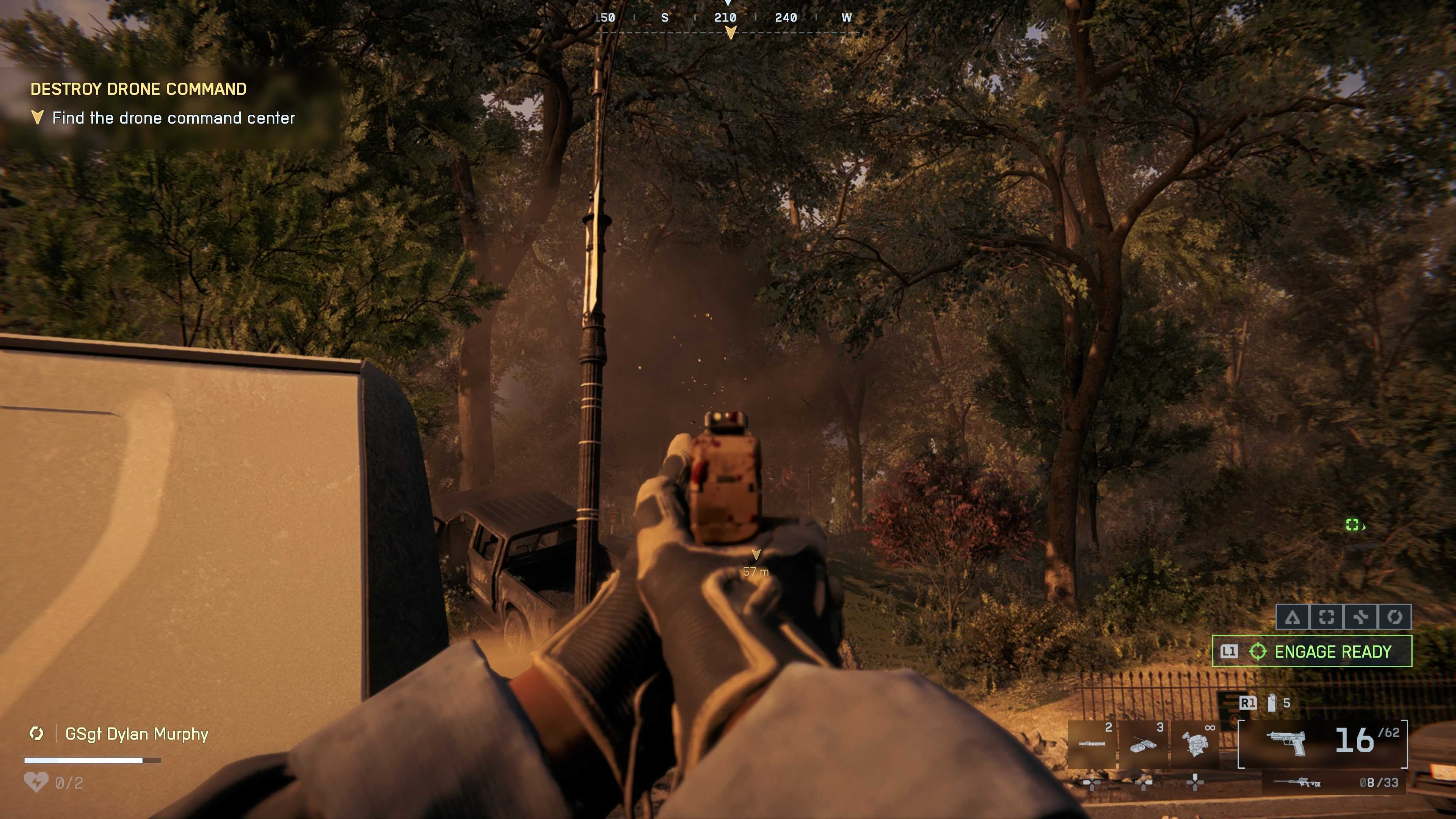
The return to a proper class system is at least a dramatic upgrade compared to its predecessor’s cartoon-like heroes, really helping to sell the large-scale combat fantasy. Split into Assault, Engineer, Support, and Recon, the four classes all play well and offer more than enough unique abilities and equipment to set each of them apart.
Assault benefits from the option of bringing a portable ladder to fights, quickly scaling buildings to find vantage points and create ambushes. You can also pack a third weapon instead of one of your usual gadgets, giving you quick access to a shotgun or marksman rifle in a pinch. It’s perfect for some of the larger maps that still have dense interior areas, and is evened out by the fact that your third weapon has extremely limited ammunition.
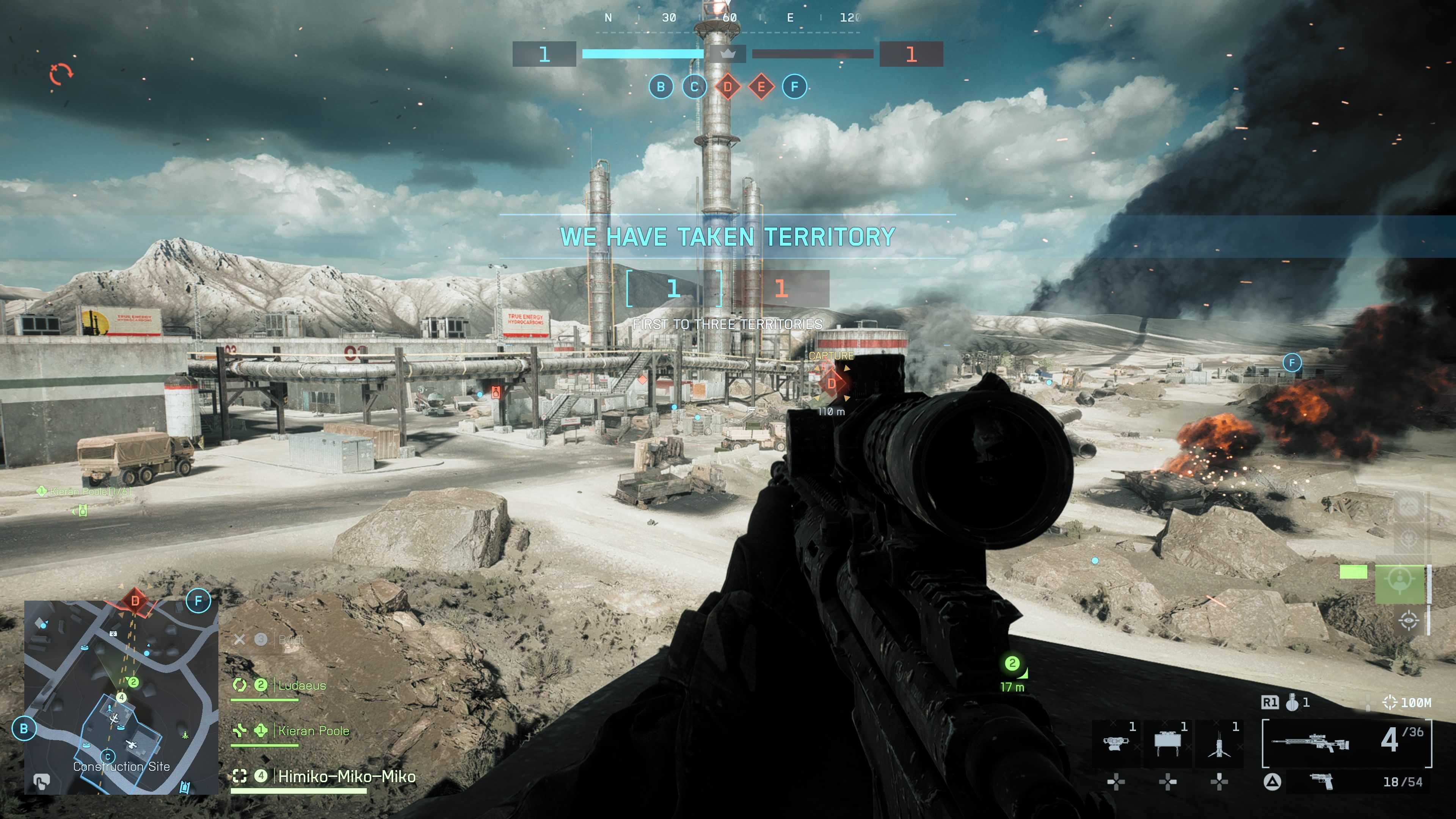
There’s nothing more satisfying than hunkering down in a distant corner as the Recon class in multiplayer, taking cross-map pot shots that occasionally pay off with an incredible long-distance headshot elimination.
Engineer is more designed for vehicle players, with gear that helps you repair or destroy them more easily, while Recon focuses on stealthy long-range sniping. They all complement each other well, though I do wish that there was a separate medic class, as some Support players are clearly more interested in handing out ammo than reviving fallen comrades. This is far from a major complaint, however, and does little to harm the otherwise successful balancing.
Battlefield 6 also ships with a revamped Battlefield Portal, a suite of creation tools designed to let the community create their own maps and modes. It’s only available on PC, but is basically a whole game engine with practically limitless possibilities for those willing to put in the work to learn it. Anything that the community builds can be made accessible in the game, and I’m already seeing loads of enjoyable creations pop up from a remake of the famous Call of Duty shipment map to a full-on Counter-Strike style game mode.
Unfortunately, browsing Portal maps is a lot trickier than it should be, thanks to the dodgy home screen UI. Designed in a similar way to a video streaming service, it arranges everything in little rectangular boxes, leaving loads of unused screen space and forcing you to really dig through the different options in order to find what you want.
Still, this doesn’t detract from the experience when you’re actually playing multiplayer or Portal, and with loads of seasonal content and the Firestorm battle royale mode still on the way, Battlefield 6 is a fantastic foundation for what’s to come
Should I play Battlefield 6?
Don't play it if...
Accessibility features
Battlefield 6 offers a decent set of accessibility options.
This includes the ability to enable subtitles and adjust the font size. It also offers the ability to fully customize the colors of on-screen icons and remap the controls. The game features some text to speech options too, plus a setting to disable controller vibration.
How I reviewed Battlefield 6
As TechRadar’s resident FPS expert, I played almost 20 hours of Battlefield 6 on PS5 using a copy provided by EA, plus an additional five or so hours on PC during closed preview sessions.
During this time, I completed the entire single-player campaign and spent a significant portion of time in the multiplayer both before and after the public launch. I relied on the standard DualSense Wireless Controller throughout my time with the game and a Logitech G522 Lightspeed gaming headset for my audio.
I compared my playing experience with that of previous Battlefield games, most significantly Battlefield 2042, but also 1, 5, and 4, plus other first-person shooter series such as Call of Duty.




